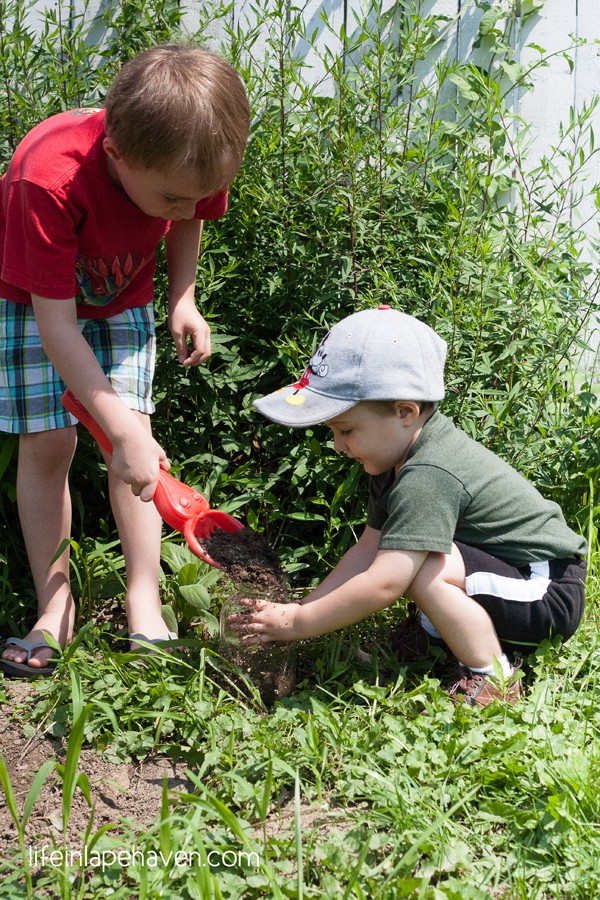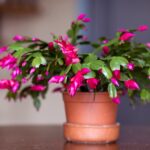Rollie Pollies, also known as pill bugs, are those small, armored creatures often found in gardens and damp places. Many children are naturally curious about these tiny crustaceans, and it’s not uncommon for them to express a desire to keep one as a pet, just like the child in a heartwarming story who was excited to care for a rollie pollie. But can you actually keep a rollie pollie as a pet? The answer is yes! Keeping rollie pollies as pets is not only possible but also a fun and educational experience, especially for beginners and children interested in the insect world.
Why Rollie Pollies Make Great Beginner Pets
Rollie pollies, or woodlice as they are also known, are fascinating invertebrates that belong to the crustacean family, making them more closely related to shrimp and crabs than to insects. They are decomposers in nature, playing a vital role in breaking down organic matter. This characteristic translates into several benefits when keeping them as pets:
- Low Maintenance: Rollie pollies are incredibly easy to care for, requiring minimal effort and time, perfect for busy individuals or children learning about pet responsibility.
- Cost-Effective: Setting up a habitat for rollie pollies is inexpensive. You likely have many of the necessary items at home already.
- Educational: Observing rollie pollies can be highly educational, providing insights into their life cycle, behavior, and ecological role.
- Harmless and Safe: They are completely harmless to humans and don’t bite or sting, making them safe pets for children to handle under supervision.
- Interesting Behavior: Their characteristic rolling behavior when threatened is intriguing to observe.
Creating the Perfect Rollie Pollie Habitat
To keep your rollie pollies happy and healthy, you need to create a suitable environment that mimics their natural habitat. Here’s what you’ll need to set up a comfortable home for your new tiny friends:
Enclosure
A simple plastic container, a glass jar (like a Mason jar), or a small terrarium can serve as an excellent enclosure. The size will depend on how many rollie pollies you plan to keep, but even a small jar can comfortably house a few. Ensure the container has a lid to prevent escape, but make sure to include ventilation holes for air circulation.
Substrate
The substrate is the bedding material that lines the bottom of the enclosure. For rollie pollies, a mix of the following works best:
- Soil: Use organic topsoil or potting soil, making sure it is free from pesticides and fertilizers.
- Leaf Litter: Decaying leaves provide food and help maintain humidity.
- Decaying Wood: Small pieces of rotting wood or bark offer hiding places and food.
Layer these materials to create a naturalistic substrate that is a few inches deep.
Humidity and Moisture
Rollie pollies thrive in moist environments. Keep the substrate damp but not waterlogged. You can achieve this by spraying the enclosure with water regularly. The humidity should be relatively high.
Hiding Places
Rollie pollies are nocturnal and prefer dark, secluded spaces during the day. Provide plenty of hiding spots using:
- Rocks: Small, smooth rocks.
- Pieces of Bark: Cork bark or tree bark.
- Plant Debris: Twigs and small branches.
- Artificial hides: Small ceramic or plastic hides designed for reptiles can also be used.
Feeding Your Rollie Pollie Pets
Rollie pollies are detritivores, meaning they primarily feed on decaying organic matter. Feeding them is straightforward:
- الأساس Diet: Their diet should mainly consist of decaying plant material like leaf litter and rotting wood, which should already be part of their substrate.
- Supplemental Foods: You can supplement their diet with small amounts of:
- Vegetable scraps (lettuce, carrots, zucchini)
- Fruit scraps (apple slices, banana peels)
- Dead insects (if available, but not necessary)
- Fish flakes (in small quantities)
Avoid overfeeding, as uneaten food can lead to mold growth. Remove any uneaten food regularly to maintain a clean environment.
Calcium
Like other crustaceans, rollie pollies need calcium for their exoskeletons, especially when they molt. You can provide a calcium source by including:
- Cuttlebone: A small piece of cuttlebone (available at pet stores)
- Eggshells: Crushed, boiled eggshells
- Calcium powder: A reptile calcium supplement, sprinkled lightly in the enclosure.
Rollie Pollie Pet Care Tips
- Maintaining Moisture: Regularly check the substrate and mist with water as needed to keep it damp.
- Cleaning: Rollie pollies help keep their environment clean by consuming waste. However, you might need to remove excess mold or replace the substrate partially every few months to maintain hygiene.
- Handling: Rollie pollies are delicate. While they can be gently handled, it’s best to minimize handling, especially by young children, to avoid harming them. Observation is usually more rewarding than direct interaction.
- Temperature: Room temperature is suitable for rollie pollies. Avoid extreme temperatures.
- Lifespan: Rollie pollies can live for a couple of years under proper care, allowing for extended observation and enjoyment.
Are Rollie Pollies the Right Pet for You?
Keeping rollie pollies as pets is a rewarding experience, particularly for those seeking a low-maintenance, educational, and unique pet. They are perfect for children eager to learn about nature and pet care, as highlighted by the joy experienced by the child in the original story upon receiving permission to keep them. If you are looking for a pet that is easy to care for, inexpensive to set up, and fascinating to observe, rollie pollies might be the perfect choice for you. They offer a wonderful opportunity to bring a small piece of the natural world into your home and learn about the often-overlooked creatures that play essential roles in our ecosystems.

